Equipped with powerful processors, these boards are set to assist in your cellular IoT projects
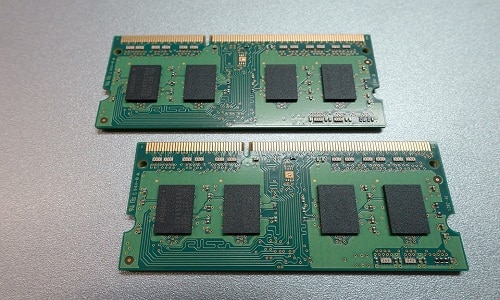
1. Boron LTE
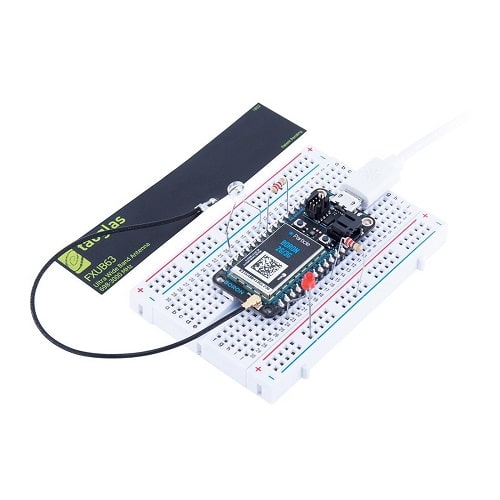
The Boron LTE is an impressive development board with 2G/3G capabilities and can act as a standalone cellular base station.
It runs on an ARM Cortex-M4F 32-bit processor at a processing speed of 64MHz. It has a RAM of 256KB and a flash memory of 1MB with an additional onboard SPI flash of 4MB.
Security-wise, the device is equipped with ARM TrustZone CryptoCell-310 that establishes the Platform Security Architecture (PSA) – based module protection. It is integrated with a 1800mAh Li-Po charger and 20 mixed signal GPIO (6 x Analogue, 8 x PWM), UART, I2C, SPI.
Other features include a cellular flex antenna and onboard dual SIM card support: Nano 4FF and MFF2.
2. GOBLIN 2
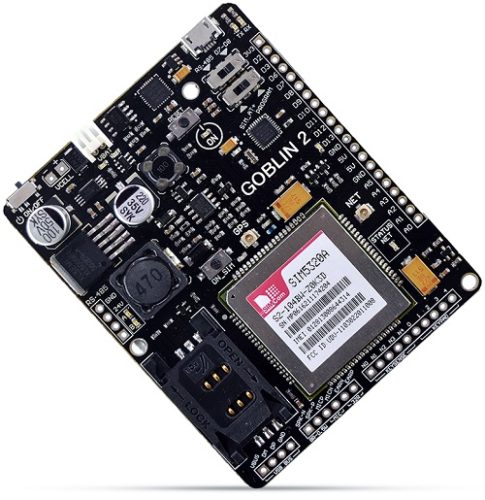
GOBLIN 2 is an enhanced, high-performing IoT development board, having ATmega328P microcontroller located at the core. With its help, CPU speed of 16MHz can be attained. The microcontroller also allows for a RAM of 2KB, Flash memory of 32KB and EEPROM of 1KB.
Concerning I/O ports, it has 6 ADC inputs with 10bit resolution and 10 digital in/out. A micro-USB provides up to a Baud of 115.2k.
The board is compatible with both Arduino IDE and Atmel Studio.
3. LinkIt ONE
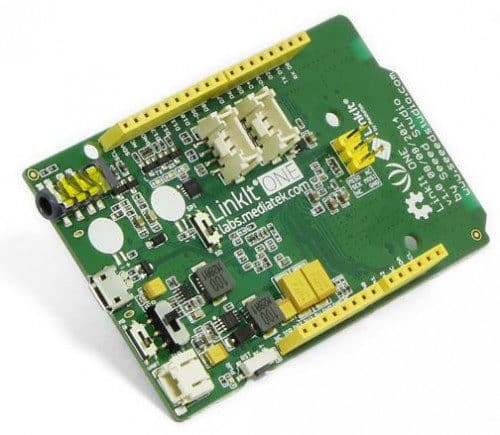
LinkIt ONE by Seeed is a development board that is suitable enough to design your own wearable and various other IoT-based devices. It has several integrated connectivity capabilities such as GSM (850/900/1800/1900 MHz), GPRS (Class 12), Bluetooth BR/EDR/BLE (Dual mode) and WiFi (802.11 b/g/n).
Built along with Mediatek, the board incorporates the MT2502A chipset that has a RAM of 4MB, Flash memory of 16MB and a clock speed of 260MHz.
The board’s pinout is similar to Arduino’s, such as Analogue/Digital I/O, PWM, I2C, SPI, UART and power supply.
4. Adafruit Feather 32u4 FONA
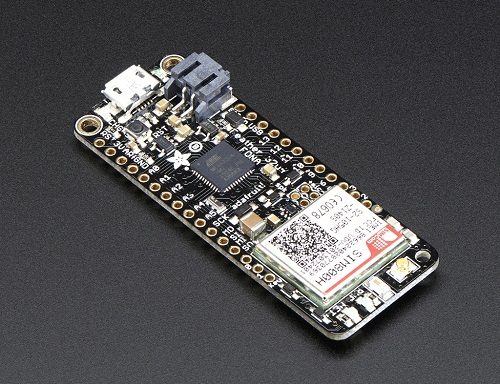
An ‘all-in-one’ development from Adafruit, the Feather 32u4 FONA is a board that is compatible with Arduino and enabled with audio/SMS/data. The board is powered by an ATmega32u4 chip at a clock speed of 8MHz. It has a clock RAM of 2K and a flash memory of 32K.
For connectivity, a quad-band (850/900/1800/1900) GSM cellular module (SIM800) is implemented that can be connected to any global 2G network. The module is also capable of sending and receiving SMS messages and GPRS data (TCP/IP, HTTP, etc).
The board also has 20 GPIO pins, 7 x PWM pins, 10 x analogue pins, and has hardware serial, hardware I2C and hardware SPI support.
5. FiPy
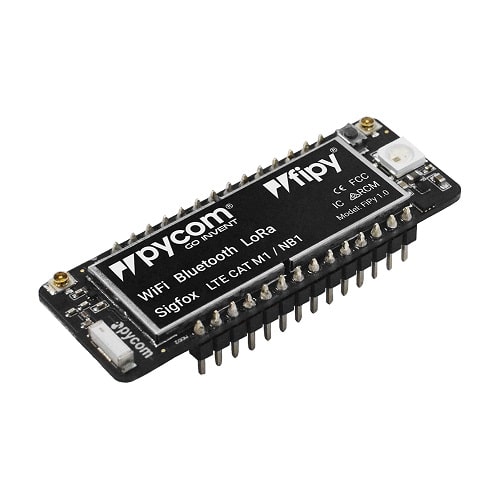
Presenting the small-footprint, all-in-one IoT development board called FiPy. Due to the incorporation of technologies such as Wi-Fi (802.11b/b/n 16mbps with a 1km range), Bluetooth (Low energy and classic), cellular LTE-CAT M1/NB1 (699Mhz to 2170Mhz band support), LoRa and Sigfox, the board gives complete flexibility during testing, installation and deployment.
An Espressif ESP32 SoC provides a RAM of 4MB, flash memory of 8MB and a processing speed of up to 32kHz.
Interfaces include 2 x UART, 2 x SPI, I2C and a micro SD card. The GPIO is up to 22.
6.GPy
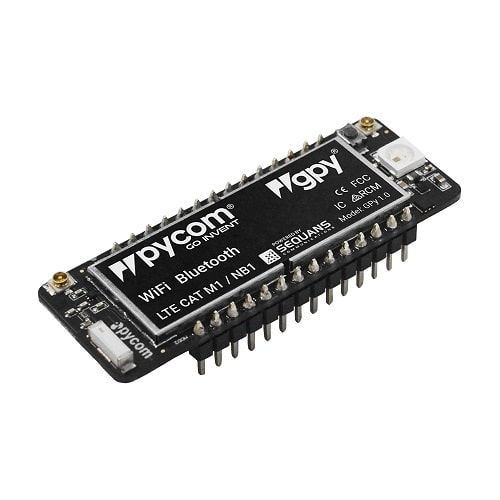
Also from the same family as FiPy, the GPy is another development board that has support only for Wi-Fi, Bluetooth and cellular LTE-CAT M1/NB1.
An Espressif ESP32 SoC provides a RAM of 4MB, flash memory of 8MB and a processing speed of up to 150kHz.
Interfaces include 2 x UART, 2 x SPI, I2C and a micro SD card. The GPIO is up to 22.
7. Arduino MKR GSM 1400
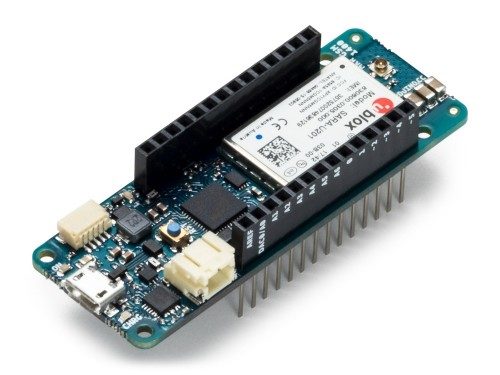
Lastly, Arduino’s MKR GSM 1400 is a development board that provides efficient cellular communication. Designed to integrate low power-consumption and high performance, the board is powered by Arm Cortex-M0 32-bit SAMD21.
The board has a clock speed of 32.768 kHz (RTC), 48 MHz (SAMD21 Cortex-M0+ 32bit low power ARM MCU), SRAM of 32KB, and flash memory of 256KB.
In regards to GSM/3G connectivity, a module from u-blox, the SARA-U201, performs cellular operations in different bands (GSM 850 MHz, E-GSM 1900 MHz, DCS 1800 MHz, PCS 1900 MHz).
It has 1 UART, 1 SPI and 1 I2C interface. Analogue channels are 7 (ADC 8/10/12 bit) and digital I/O pins are 8. PWM pins are 13 (0 .. 8, 10, 12, 18 / A3, 19 / A4).








